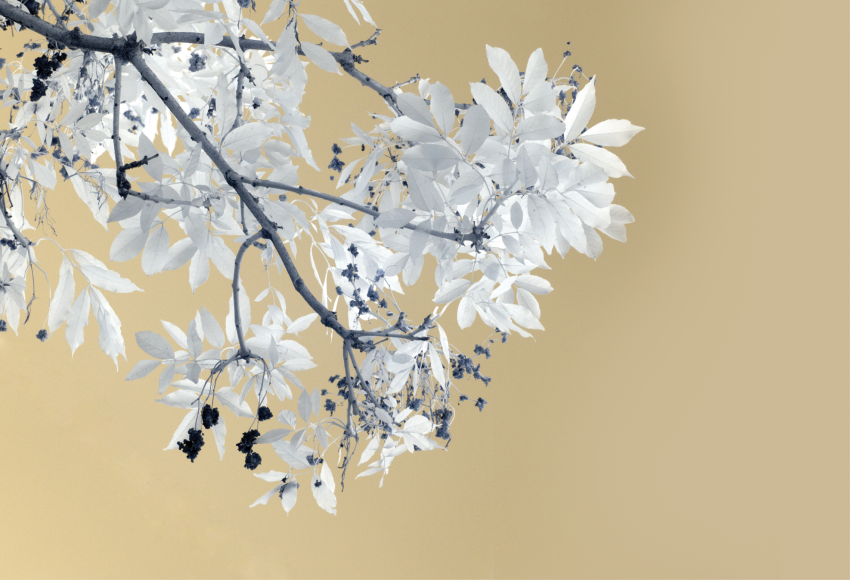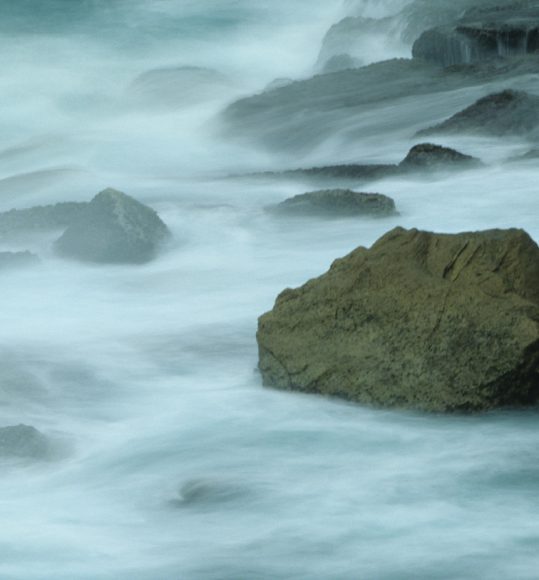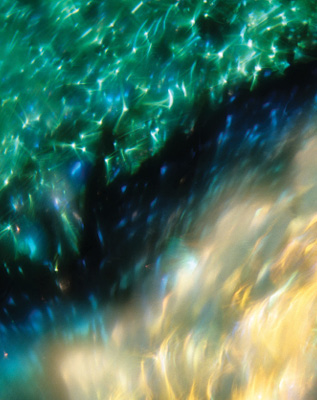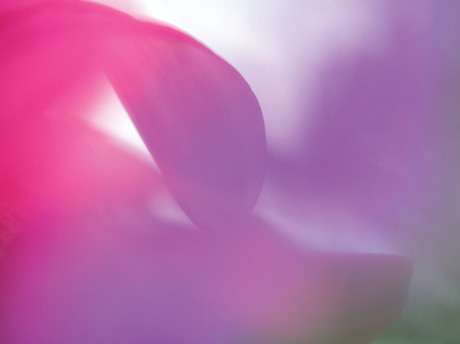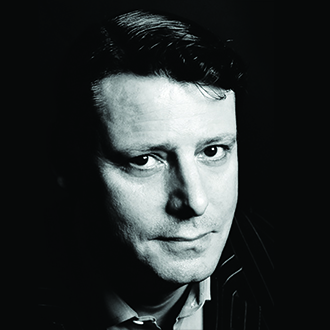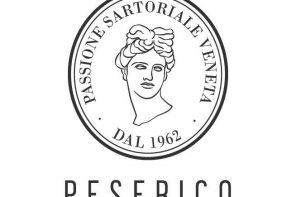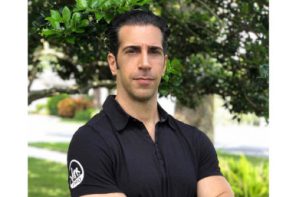“I’m only interested in healing,” says John Diamond, M.D., octogenarian psychiatrist, holistic healer, nutritionist, osteopath, photographer, musicologist, spiritual guide and exponent of “life energy.” “Whatever I do — all of my creativity in many areas — is always with healing as my only intention.”
The Australian-born Diamond has many credits to his name. He was the first medical doctor trained in applied kinesiology (the study of the mechanics of body movements) and is also the author of 21 books, including two bestsellers — “Your Body Doesn’t Lie” and “Life Energy: Unlocking the Hidden Power of Your Emotions to Achieve Well-Being.” Now, he can add gallerist to his powerhouse résumé.
In his Life Energy Arts gallery in Mount Kisco, open by appointment, the focus is on Diamond’s art and the promotion of his healing philosophies. On a recent visit for a show-round by his colleague and gallery director, Karla Booth, I was immediately taken by the extraordinary calm of the second-floor space.
Life energy, Diamond’s abiding interest, Booth says, is about finding the thing that gives someone a real passion for life, a real enjoyment of life. And it’s usually through the creative arts —painting, music, photography, dancing — “all the things we actually do as little kids.”
All too often, though, she adds, we don’t take these passions through to adult life and, even if we do, we have a lot of judgment about them. “We say, ‘I can’t paint,’ or ‘I can’t sing,’ and Diamond’s response is to say, ‘Yes you can.’ You don’t need to be a professional, but it’s in you and it’s there for you to use, to make your life fuller and better.”
Diamond’s actual art started out with calligraphy, drawings he would make on small pieces of paper, which he would look at for a brief moment as meditation and then throw away. When an art critic friend told him that the drawings were really gorgeous, that he should do something with them, he started exhibiting. Booth, meanwhile, was studying massage, nearly 40 years ago, when she first met Diamond through a group of therapists and loved his work. She had taught yoga for 14 years on what are now the gallery premises and when she closed her yoga studio a year and a half ago, together they decided to repurpose the space as Life Energy Arts.
In the foyer leading through to the gallery, we stop to admire some of Diamond’s “Stillpoint” drawings (so-called because when you look at them, or when he is making them, there’s this sense of stillness, of being settled, being at peace), before coming on to the abstracts. These are photographs produced using Fujifilm slides (“no Photoshop,” Booth says) and the images are strikingly rich, with great intensity of color. There is also a series of 8-by-10-inch prints that you can look at and meditate on while viewing, each one self-contained within its gold border. Find one that works for you, and the gallery will then print it up to your preferred size.
As I read in his pamphlet “A Few Words on Art (Just a Few),” Diamond places enormous emphasis on the importance of the frame, envisioning how it will look even before he starts the painting. The reason for this, he says, is that we are unconsciously reassured by the frame, so that we do not lose reality. As he sees it, with an appropriate border in place, the viewer is now safe to enter the other reality of the art.
(The mat — the border between the actual painted area of the canvas and the frame — is also key. Based on the Chinese philosophy of life, of empty and full, the white surround, Diamond says, adds to the sense of emptiness to balance the full.)
Moving through to the gallery proper, I admire the brilliant white walls, pristine cream-colored rugs and ceiling lampshades hanging like intricate white fuchsias or orchids. (“Secret,” Booth mock-whispers: “They’re from IKEA.”)
We look at more calligraphy — “Diamond paints on any surface he can find,” Booth says, “especially if it’s luminous,”— and indeed there are painted lamp shades, glass dishes and tiles in addition to paper and canvas. We also look at a larger series of paintings in the style of Jackson Pollock on re-display, Pollock being an artist Diamond appreciates for his free forms and palpable sense of liberty.
Interestingly, none of the paintings have titles, as Diamond feels that titles are restrictive, somehow inhibiting the way in which the viewer relates to the painting.
Just off the gallery, a former therapy room, now containing just a chair and a soft light, acts as a meditation room, where you can contemplate a picture hung on the opposite wall undisturbed, for as long as you like. It’s called the Cholden Room, named for Louis Cholden, M.D., the eminent Canadian psychiatrist who died at only 38 in an automobile accident, whom Diamond regards as one of his guiding lights.
“It’s such a peaceful space, the ladies at the Mount Kisco Chamber of Commerce (next door) are always asking, ‘Can we come in for a bit?’” Booth quips.
As Diamond himself has expressed it, “Viewing Life Energy Art helps to reduce stress, free up one’s breathing and enhance Life Energy.” And healing, he says, is not the curing of a disease, per se, but the alleviation of the “disease” in the soul, “the deep anguish from which we all suffer throughout our lives, whether we are conscious of it or not.”
It’s certainly a dazzling concept, radical on the one hand, inherently true and irrefutable on the other.
For more, visit johndiamondart.com and LifeEnergyArts.com.

